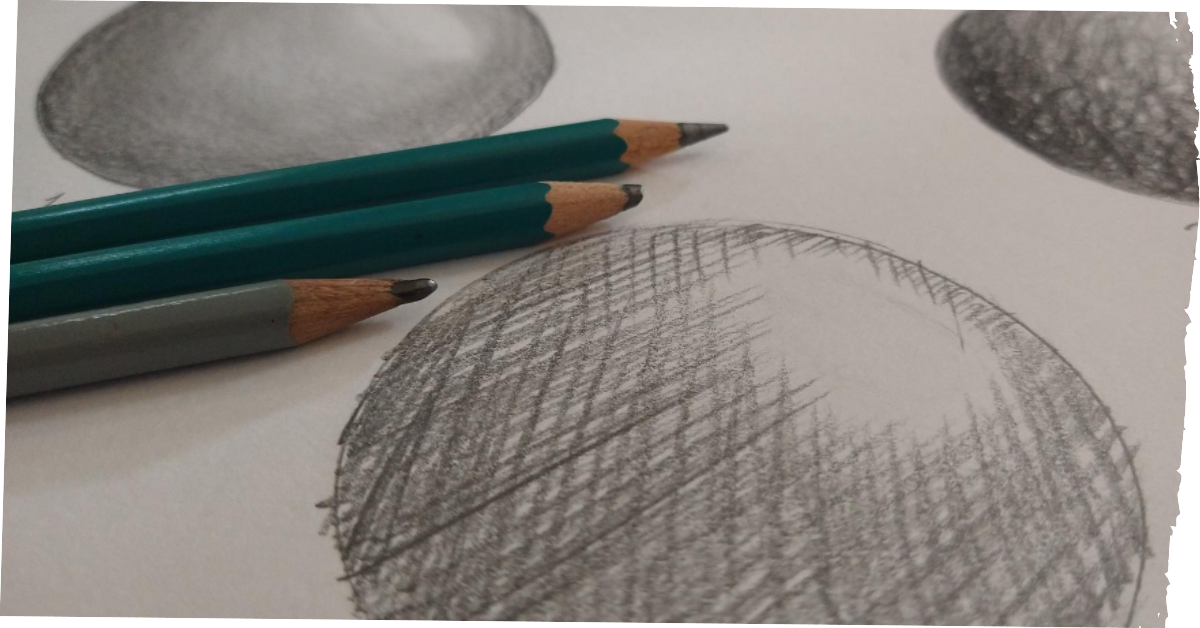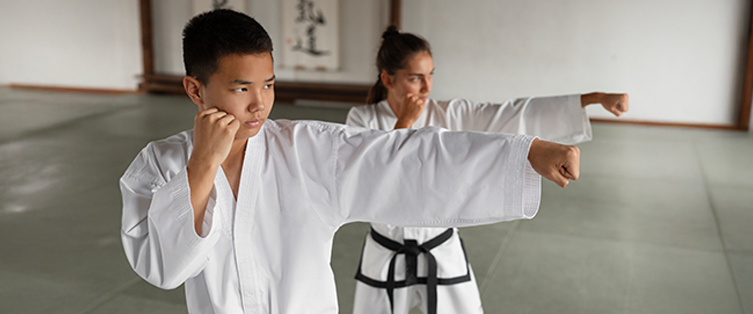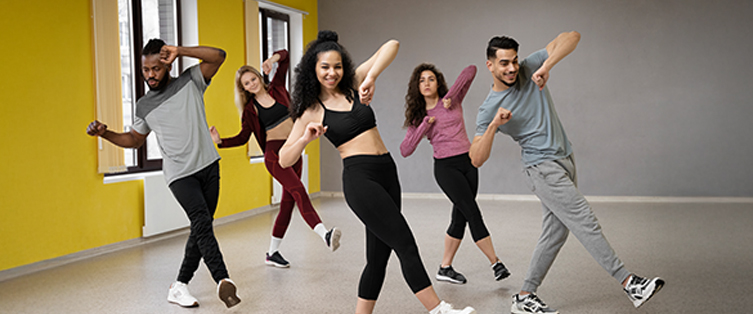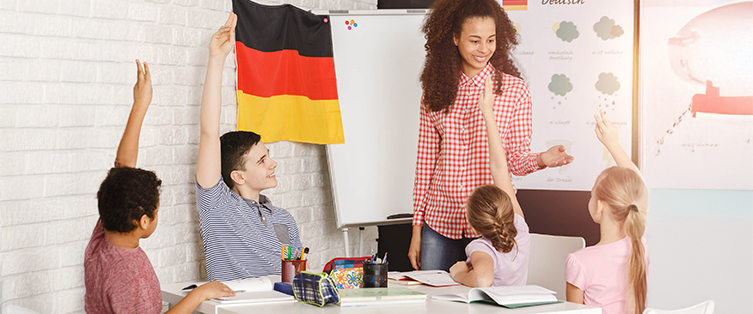The art of shading drawing is a cornerstone of art and design. The technique brings life to your pencil sketches, adding depth and dimension. Understanding shading is crucial whether you’re a budding artist or looking to enhance your pencil sketch-drawing skills. This article is designed to help both novice and experienced artists learn about shading techniques and how to avoid typical errors. This is available through Pursueit’s comprehensive art courses, making it the go-to platform for art enthusiasts in Dubai.
The Basics of Shading Drawing


Understanding the basics of shading drawing is akin to learning the alphabet in language. It’s the foundation upon which you build more complex skills and techniques. This section will demystify shading and introduce you to the essential tools to master this art form. Whether you’re a beginner or looking to refresh your skills, this segment is your starting point. And with Pursueit’s specialized courses, you’re not just learning the basics but setting the stage for a deeper, more nuanced understanding of art.
Recommended: Popular Art Techniques: A Quick Guide
What is Shading?
Shading drawing is the technique used to show light and form in a drawing. It’s not just about making parts of your drawing darker; it’s about understanding how light works. Shading helps to elevate a simple sketch into a three-dimensional object. Pursueit offers courses that delve deep into shading, ensuring you grasp and apply the nuances in your artwork.
Tools You’ll Need
Regarding shading, the tools you use can make a significant difference. The essential tools include:
- Pencils: Different grades for different shades.
- Erasers: For correcting and lightening shades.
- Blending Tools: Like stumps or your fingers.
Having the right tools is half the battle won. Pursueit ensures that you have the right tools and know how to use them effectively through their specialized courses.
Easy Shading Drawing Techniques
Simplicity is key when it comes to shading drawing, especially for beginners. The beauty of easy shading drawing techniques is that they’re accessible to everyone, regardless of skill level. At Pursueit, we offer specialized courses focusing on these foundational techniques, ensuring you get off to a strong start.
See more: How to Make a Painting with Watercolor
Hatching and Cross-Hatching
Hatching is the art of drawing closely spaced parallel lines to create the illusion of shade. Cross-hatching takes it further by drawing another set of parallel lines in a different direction. These are quintessential easy shading drawing techniques that anyone can master.
- Hatching: Draw parallel lines close to each other.
- Cross-Hatching: Draw another set of parallel lines intersecting the first set.
At Pursueit, we start by teaching you the fundamental techniques before progressing to more advanced methods in our courses.
Smooth Shading
Smooth shading is another easy drawing technique that creates a gradient effect. This is achieved by varying the pressure on the pencil to produce different shades of grey.
- Light Pressure: For lighter shades.
- Heavy Pressure: For darker shades.
Pursueit offers courses that delve into the intricacies of smooth shading, teaching you how to seamlessly transition from one shade to another.
Advanced Shading Techniques


Once you’ve mastered the basics, it’s time to explore more advanced shading drawing techniques. These methods add depth and realism to your pencil sketch drawing, elevating your art to the next level. Pursueit’s advanced courses are tailored to help you master these techniques.
Contour Shading
Contour shading involves following the natural contours of the object you’re drawing. This technique adds a three-dimensional effect to your pencil sketch drawing.
- Follow the Object’s Shape: Curve your lines to match the object.
- Vary the Pressure: To create a 3D effect.
Pursueit courses offer in-depth training in contour shading, ensuring you understand the technique’s complexities.
Tonal Shading
Tonal shading is about understanding the different tones in an object and replicating them in your drawing. This adds a layer of realism to your shading drawing.
- Identify Light and Dark Areas: Before you start shading.
- Blend the Tones: For a natural look.
Pursueit’s advanced courses cover tonal shading in detail, teaching you how to effectively identify and replicate different tones.
Common Mistakes and How to Avoid Them
When it comes to shading drawing, even seasoned artists can make mistakes. But don’t worry; Pursueit is here to guide you through the common pitfalls and how to avoid them.
Over-shading
One of the most common mistakes in shading drawing is over-shading. It’s easy to get carried away and add too much darkness, making your drawing look muddy and lose its depth.
How to Avoid
- Use lighter strokes initially.
- Build up the shade gradually.
Pursueit’s specialized courses can teach you the proper techniques to avoid over-shading and create more balanced artwork.
Inconsistent Light Source
Another frequent error is having an inconsistent light source, making your drawing look unrealistic.
How to Avoid
- Decide on a single light source.
- Shade accordingly.
Pursueit’s courses teach you to maintain a consistent light source to make your shading drawing look more natural.
Tips for Better Shading
Shading can be challenging, but with the right tips and guidance from Pursueit, you can master this art form.
Importance of Light Source
Understanding the importance of a consistent light source is crucial for shading drawing. It helps in creating a three-dimensional look in your artwork.
Tips
- Observe real objects and how light interacts with them.
- Apply this knowledge to your drawings.
Pursueit will teach you to use light effectively to enhance your shading drawing skills.
Practice Makes Perfect
As the saying goes, practice makes perfect. This is especially true for easy shading drawing.
Tips
- Start with simple shapes.
- Gradually move to complex objects.
Pursueit offers a range of courses that provide ample practice opportunities, making it the perfect platform to hone your shading skills.
Conclusion
In wrapping up this comprehensive guide on shading drawing, it’s evident that mastering the art of shading is not just about making your drawings look good; it’s about understanding light, form, and the subtleties that bring life to your art. We’ve covered a lot of ground, from the basics to advanced techniques. Whether you’re a beginner looking for easy shading drawing tips or an advanced artist aiming to refine your skills, Pursueit offers the perfect platform to nurture your artistic journey in Dubai.
The beauty of pencil sketch drawing lies in its simplicity and the endless possibilities. Shading is the magic wand that can transform a flat drawing into a three-dimensional masterpiece. So, don’t hold back. Grab that pencil, and let your creativity flow. Remember, the only way to improve is to practice, practice, practice.
Ready to elevate your shading skills to the next level? Join Pursueit’s art courses today and unlock the full potential of your artistic abilities. Your journey to becoming a shading maestro starts here.
FAQs
Q1: What types of shading techniques are taught at Pursueit?
A: Pursueit offers a range of shading techniques, from basic to advanced, tailored to suit your skill level.
Q2: Is having prior experience in pencil sketch drawing necessary to join Pursueit’s courses?
A: No, Pursueit offers courses for all levels, from beginners to advanced artists.
Q3: How can I improve my shading drawing skills?
A: Consistent practice and expert guidance, which you can find at Pursueit, are key to improving your shading skills.
Q4: What materials are needed for the shading courses at Pursueit?
A: Basic drawing materials like pencils, erasers, and sketchbooks are all you need to get started.







Leave a Reply